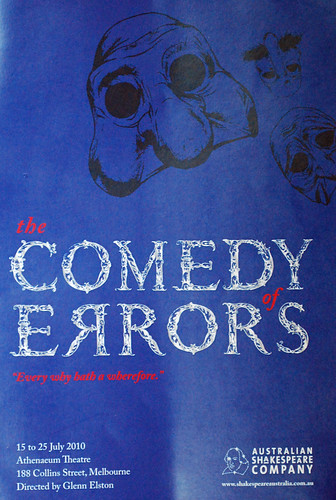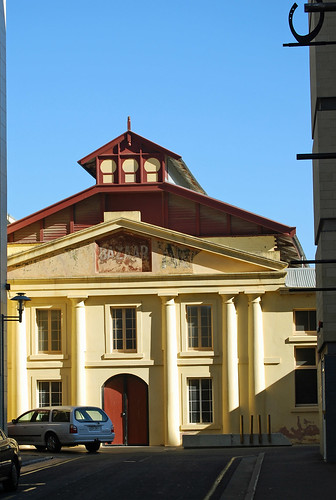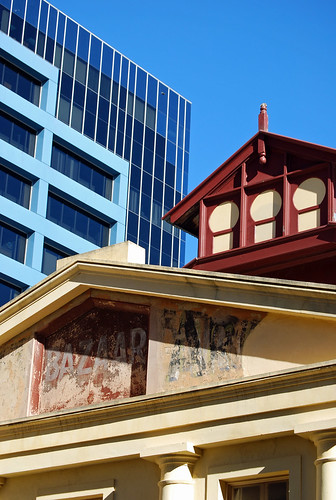It was fascinating to see Geoffrey Rush in a film and on stage in the same week.
I don't see many films and can't easily compare The King's Speech with other recent releases but it is reported to be in line for major awards this year. Apart from thinking it was perhaps twenty minutes over long I enjoyed it, though not as much as Deborah Ross who wrote in The Spectator "... I love it so much that, if I could, I would take it home and put it down for a good school and wrap it up warm in the cold and, should it catch a chill, I would nurse it and offer hot lemon and maybe even oxtail soup...". In fact, I am surprised that such an old fashioned and low key movie is so well received; but, as I said, I haven't seen the others.
The King's Speech is about the relationship between the Duke of York, later King George VI, (Colin Firth) and, Lionel Logue, an unorthodox Australian speech therapist (Geoffrey Rush). The Duke had a very bad stammer and was unable to speak effectively in public. He engaged Logue to assist him at a time when events leading to the abdication of Edward VIII and his own accession to the throne made his ability to cope with the impediment all the more critical.
Colin Firth mastered the stutter, and the accompanying frustrations and outbursts of temper very well. Geoffrey Rush's portrayal of Logue was very restrained, you could say underplayed, depicting an otherwise very ordinary man with a particular gift going about his work almost unaffected by the status of his royal patient. As a former and failed actor, Logue was a slightly unconventional father to his growing sons. There was a silent but brilliant flash in his portrayal when, on the outbreak of war, Logue looks at his elder son and realises, I think, that the boy may become a victim of the conflict.
His acting was in great contrast to his Aksenth Poprishchin in The Diary of a Madman at the Belvoir Street theatre and the comparison shows the great range of his talent.
If Geoffrey Rush's acting was restrained, you could say the same of the whole film which avoided the clichés of royal costume drama, particularly in the music. The film has an original score by Alexandre Desplat. But, interestingly, towards the climax, the King's first radio speech of the second world war, Beethoven was heard. A slow measured passage which I found came from his 7th. symphony. Royalty and Empire usually demand Elgar, who was absent, and the King's coronation, seen as a black and white newsreel being watched by the participants, could have had Walton's coronation march Crown Imperial which was written for the ceremony, but may have been thought too grandiose for the established mood.
And then to Belvoir Street for The Diary of a Madman. This play was written and first performed by Geoffrey Rush at Belvoir Street in 1989. It's revival marks the retirement of its director Neil Armfield as Artistic Director of the theatre. The play is based on a short story by Nicolai Gogol (1809 - 1852), adapted by English playwright David Holman with Neil Armfield and Geoffrey Rush.
We have all heard of Gogol but is he known than read? The story is in the form of a diary by a member of the lower orders of the Russian civil service. We first learn that, like many in structured organisations, such as schools and some parts of the legal profession today, he is both trapped in and fascinated by the intricate hierarchy of which he is an insignificant member.
"I'm only forty-two, that's an age nowadays when one's career is only just begining. Just wait my friend, until I'm a colonel or even something higher, God willing. I'll acquire more status than you."
Then, in the most innovative part of the story, he hears a conversation between two dogs, which doesn't surprise him over much as he had read of cows asking for a pound of tea in a shop. He then claims to have tracked down some letters between the dogs and relates their content in some detail. Finally, on reading that the throne of Spain is said to be vacant, he realises that he is the King of Spain; and mistakes the men who come to take him away for the royal entourage. If there is a fault in the narrative, it is that the final delusion appears from nowhere. It doesn't seem to develop smoothly from the character's illusions about the dogs, or his hopeless infatuation with a woman well out of the reach of a junior clerk. You might say that it was an appropriate delusion for a man obsessed with position and rank, but it happens suddenly nevertheless.
The story was written as a satire on aspects of Russian life at the time: such things as a quotation from an obscure poet Poprishchin wrongly attributed to Pushkin, a contemporary newspaper nicknamed the Little Bee, and the sharpening of quills in goverment offices - in which Poprishchin takes such delight -and which a note to the Penguin edition of the story tells us was, unsurprisingly, the responsibility of the most minor clerks. However, all this is similar enough to aspects of modern life not to matter much.
The story as written is ready made for adaptation for the stage. Although in the form of a diary, the writing quickly jumps into what must be intended to be read as the stream of Poprishchin's thought rather than a transcript of his diary; so it translates very well into a monologue for the theatre. The adaptation includes large sections of the story unaltered.
The Blevoir street theatre is unusually configured with banks of steeply raked seats looking towards the stage which is in one corner of the space. It's similar to, but not quite a thrust stage. The amazing thing about it which we noticed as soon as we came in was the way in which this unpromising space is transformed by each set built in it. The set for The Diary of a Madman depicts Poprishchin's decrepit but brightly painted attic bedroom. It's so different from the very modern hotel room on a revolving stage used for Measure for Measure that you immediately feel you are in a different place.
The play cleverly adds a context for the narrative of the diary by placing Poprishchin in the attic attended by Touvi a faithful Finnish servant, charmingly portrayed by Yael Stone, who also takes two other minor roles. However, it soon moves into the diary itself.
Geoffrey Rush depicts an engagingly eccentric man, whose first steps into another world - his contacts with the talking a writing dogs - are almost believable. There is a little improvisation, including some interaction with the musicians, which is never allowed to detract from the narrative. The performance is very physical; seemingly out of control at times. Gradually the character collapses, so that by the time he reaches an asylum he is a grotesque and frightening figure. A truly remarkable performance.
Postscript added 12 March 2011
Since this was written Geoffrey Rush has missed out on the oscar for best suporting actor for The King's Speech and Diary of a Madman has opened in New York: here are reviews from the New York Times and The New York Review of Books.
Postscript added 12 March 2011
Since this was written Geoffrey Rush has missed out on the oscar for best suporting actor for The King's Speech and Diary of a Madman has opened in New York: here are reviews from the New York Times and The New York Review of Books.
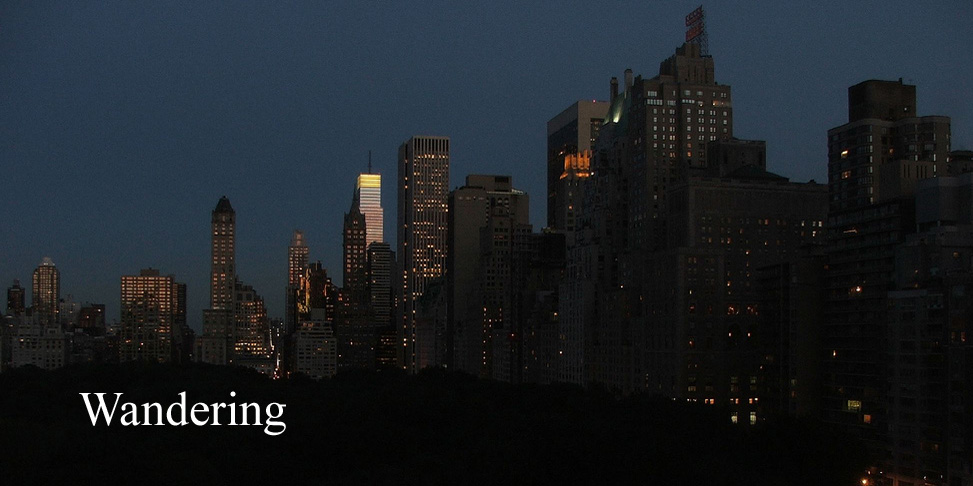




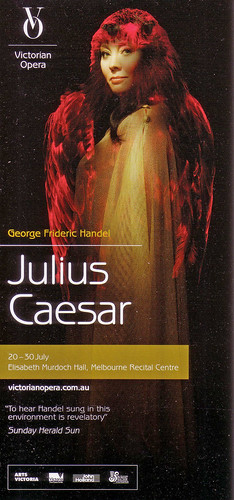
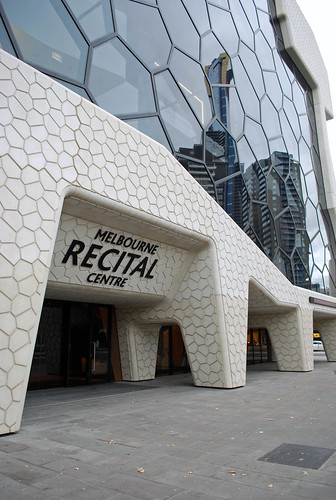

![08Mage-poster[1]](http://farm5.static.flickr.com/4079/4870322387_ce2265dcf9.jpg)
